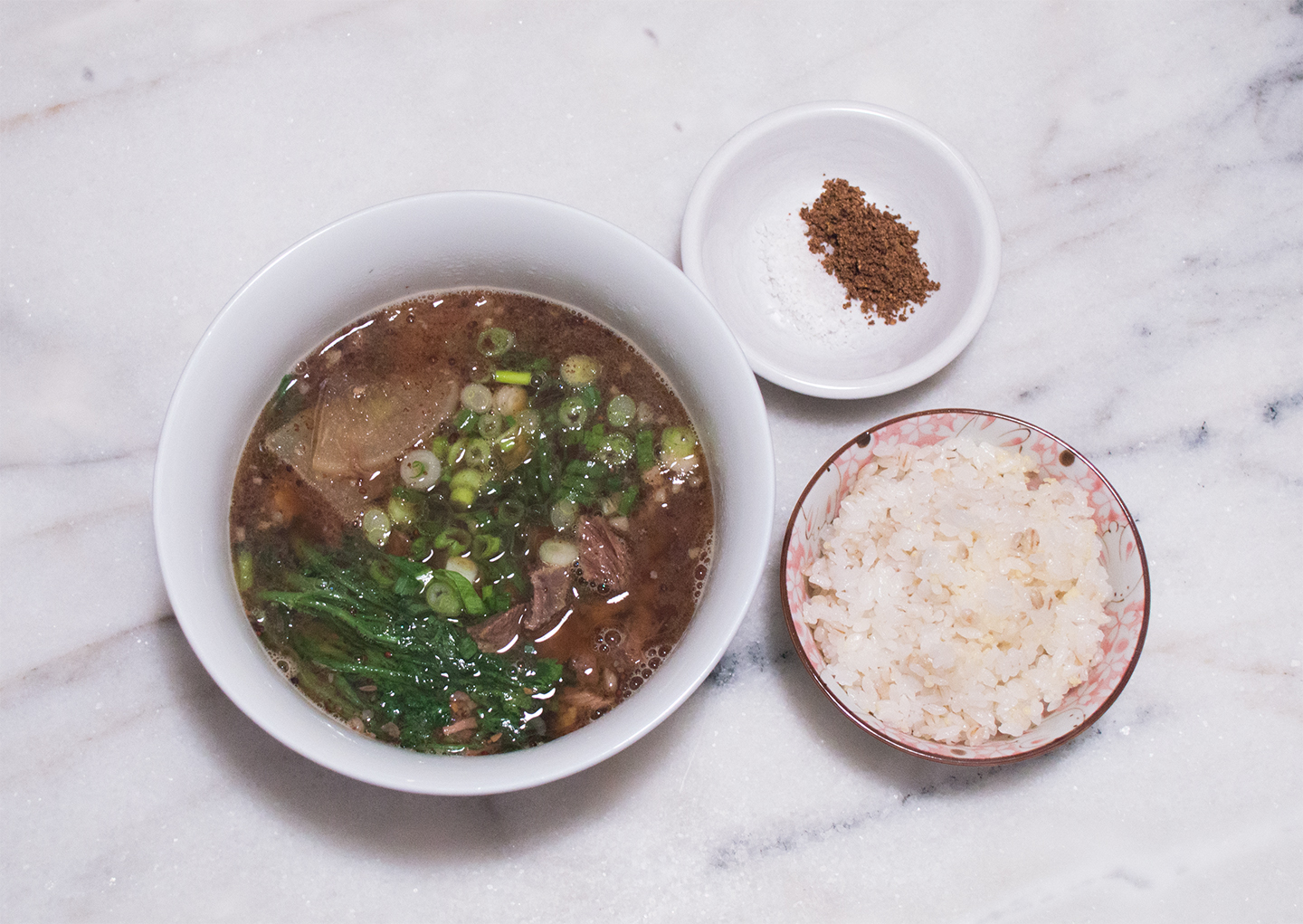
It’s been a couple weeks, but I have an excellent recipe to share with you this week! It’s a tonic of sorts, called Yeomso Tang, also known as Goat Stew. Goat meat is similar to beef brisket, in that it’s quite a tough cut to work with. It’s ideal for this kind of project, where the meat can sit and cook for a couple hours to make it more manageable.
Pardon my absence for a short while. I’ve been feeling unwell for over a week, and just recovered from a sinus infection and horrible five-day headache. With the weather jumping from sweltering temperatures to cool cloudy days in a matter of 24 hours, my body has been trying to regulate itself from the drying air-conditioned rooms and the clammy outdoors. I think my nose and throat weren’t happy with it, and decided to fight with me.
This stew seemed to be the perfect jump start to making me feel better! In Korea, it’s served as a booster; it’s a hearty soup, more than a stew, and often called Boyang Tang (보양탕), meaning it’s a stew to restore energy and give vitality to one’s body. Whether it really *is* restorative or not, it definitely has helped me get back some energy to start creating new recipes again.
Recipe for Yeomso Tang (염소탕) - Korean Goat Stew
- About 3 Liters of Goat Stew
- Preparation:
- Cooking:
Ingredients
Goat Soup Base:
- 1¼kg (2¾lbs) Goat Leg
- 4L (135oz) Water
- 12g (2T) Ginger
- 10g (3) Garlic Cloves
Seasoning for Goat:
- 12g (2T) Perilla Seed, coarsely ground
- 15g (1T) Sesame Oil
- 1 large Scallion, chopped
- 3g (1t) Garlic, minced
- 3g (1t) Kosher Salt
Soup:
- 150g (about 5½oz) Daikon Radish
- 30g (1T) Fermented Soybean Paste (Doenjang)
- 100g (12 sprigs, or one bunch) Shungiku/Kikuna leaves
Dipping Sauce:
- 2g (1t) Perilla Seed, coarsely ground
- 3g (1t) Kosher Salt
- 5-10g (1-2t) Sesame Oil
Procedure
- Place the meat in a large pot, fill with water, and cook for 10 minutes. Pour out the water and rinse the pot.
- Refill the pot with 2 liters of water, and throw in the ginger and garlic cloves. Bring the goat and aromatics back to a boil, and cook for 1 hour. Reduce the heat to a simmer for an additional 30 minutes.
- Remove all of the meat, add the bones back into the stock, top up the pot to 2 liters of liquid, and boil for 45 minutes.
- Strain, cool, then refrigerate the stock. Discard the bones. Once the stock is chilled, scoop out the fat.
- While the soup base is chilling, season the meat: shred the meat into thick strips and combine all of the seasoning with the goat. Mix well and set aside.
- Peel the radish, cut into half, then slice into half moons about ¼-inch thick.
- Pour the soup base into the pot; add the seasoned meat, radish, and doenjang; and simmer the contents for 30 minutes, or until the radishes are cooked. At the last 2-3 minutes, throw in the shungiku.
- Make the dipping sauce while the goat stew is simmering, and when the stew is ready, serve it together with a hot bowl of rice and some kimchi!
- Add some salt and black pepper to taste, and fresh chopped scallions.
*Bunny Wisdom*
- The goat leg is often cut into smaller pieces, so it's easier to cook in a pot.
- I do an initial boil to get rid of any blood and fluids from the meat.
- A good strong boiling of just the bones brings out some of the deep flavors. I like to boil the bones separately after removing the meat, but you can choose to begin chilling the stock at this step.
- If you happen to have a fat separator, you won't have to chill the stock to remove the fat. Proceed to remove the fat, then begin bringing all of the stew contents together.
- Perilla seeds can be found at your local Korean supermarket. Once the package is opened, it is best used within a couple of months, as the natural oils in the seeds can stale. To prolong their shelf life, do not leave it in your pantry, but pour the seeds into a container with a lid (or a freezer zip bag) and freeze. These seeds are delicious in soups, adding a nutty flavor to your dishes. It's also used to lessen the fishy smell in fish soups and braises.
- If the radish is large in diameter, cut the radish into quarters before making slices.
- Shungiku/Kikuna is Garland Chrysanthemum. You can often find this in Asian supermarkets. They bring a clarity and freshness to soups and stews, but cook quickly. I only like to put the greens in at the last few minutes before I turn the flame down.
- The dipping sauce is for the shredded meat, though the sauce isn't required.
- Instead of adding garland chrysanthemum, add garlic chives. You can also substitute radish for baby taro. Add braken fern to bulk up the goat stew, especially if there isn't enough goat to go around.
**Here are some of the ingredients I use for this recipe. Please, feel free to browse and ask questions on anything you see listed below.**

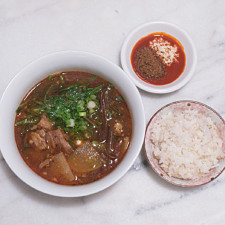
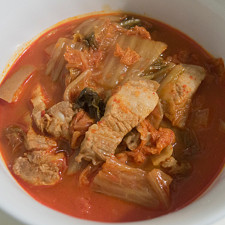
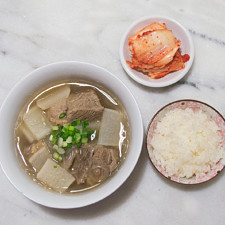
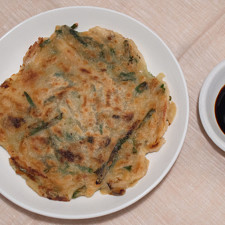
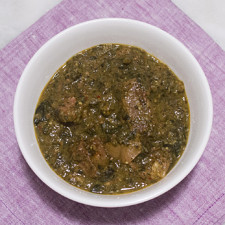
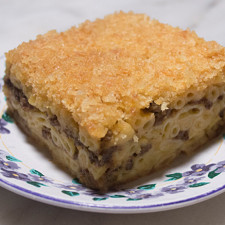
3 thoughts on “Yeomso Tang (염소탕) – Korean Goat Stew Recipe”
Suzanne
imran ismai;
Grace Hsui